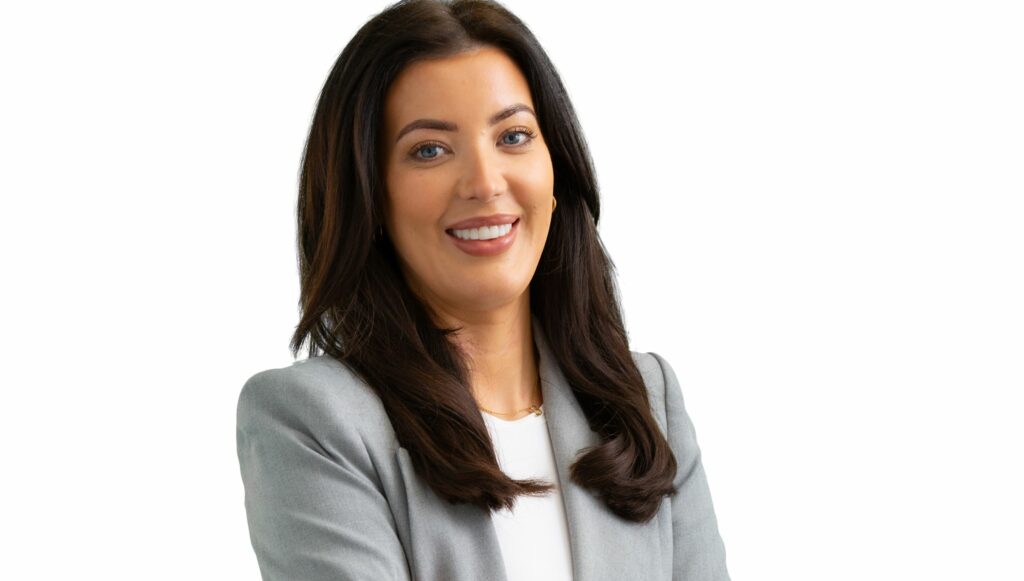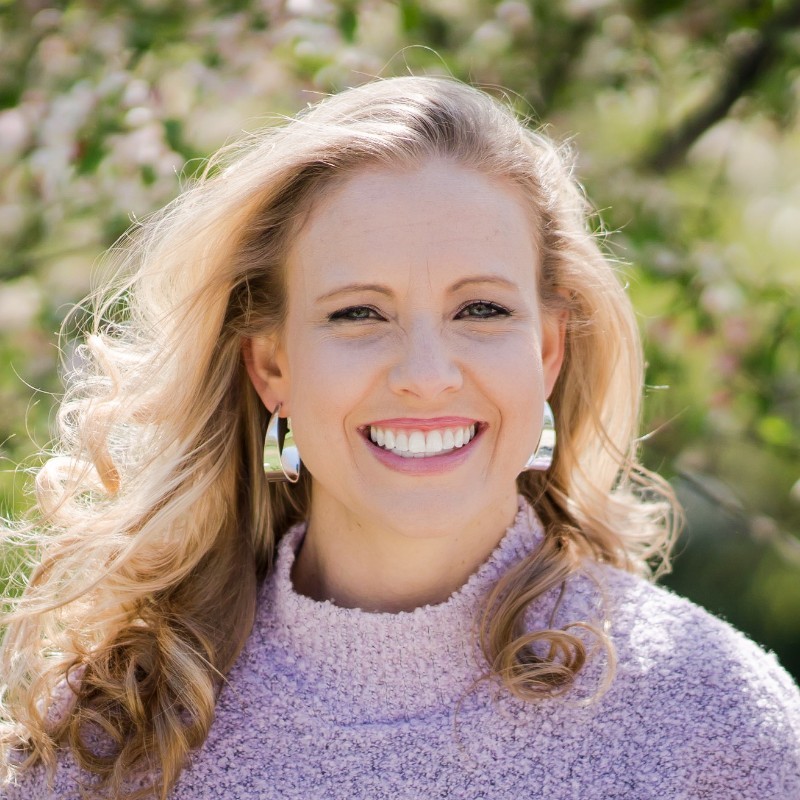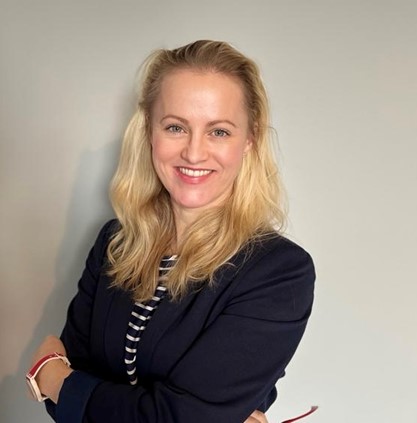In the past few years, major strides have been made to level procurement’s gender playing field.
While women are still under-represented at the top of the c-suite, steps forward have been made in terms of general gender diversity. A recent report from research firm Oliver Wyman surveyed 300 CPOs across Europe, United States and Asia and found the total number of women working in procurement to be increasing.
Around 60% of CPOs surveyed revealed that the number of women working within their procurement functions was a higher total than three years prior. Those interviewed confirmed they were feeling the benefits with 76% reporting “more creativity and innovation” within their teams as a result of the presence of women.
However, there is still a significant disparity when it comes to female representation in leadership positions. Today, the proportion of women in leadership roles sits at around 25% which signals more work is still to be done in this area.
In this exclusive article, we hear insights from leaders who give us their viewpoint of what the future for women in procurement could look like.
How to bridge the gap
Clare Harris, Chief Operating Officer at Proxima, believes both genders must work together in order to reach parity. Harris explains while there are promising signs, there is more work to do, and it must not fall solely on women leaders to drive change. “It is incumbent on all those who can make a difference to step up and continue to actively push for more diversity and inclusion in the industry,” she explains. “The future of procurement promises to be exciting, and those organisations preparing to face the challenges ahead with diverse teams will undoubtedly have a competitive advantage.”

While Emma Mottram, Director of Operations at Efficiency North, affirms women must act as trailblazers for one another and show a way is possible. “It’s looking incredibly strong, although we need to do more as a sector to attract women into procurement jobs,” she explains. “It’s important that women currently in the industry pave the way for other women to see what can be achieved – all organisations thrive with new faces and fresh ideas.”

But Shamayne Harris, Head of Procurement at Pagabo, believes the future of procurement for women varies depending on the industry. “Take the construction industry for example, it’s typically male-dominated, however, there are a lot of positive initiatives to create opportunities for women in the sector,” she says. “When it comes to women in procurement, the challenge here often relates to a legacy issue due to traditional family dynamics, which is a general issue and not procurement-specific. Procurement can play an important role in gender equality by embedding social objectives into procurement processes.”
Women’s rise in procurement

And Laura Smith, Vice President of Sales at Ivalua, believes there has never been a better time for women to be involved in procurement. “In the not-too-distant future, I see women playing an equal role in helping organisations to manage their spending power and turn vendors into partners in their diversity, equity, inclusion, and sustainability initiatives,” she explains. “This will have a real impact on the world and drive firms to be even more socially responsible. Change is already happening, and procurement is at the forefront, as we’re seeing more women making their mark on our industry. In fact, a survey by Gartner reveals that women now make up 41% of the supply chain workforce.”
Smith believes the rise in women in procurement is down to several changes in the industry on the back of COVID-19 and a global drive towards more diversity. “Flexible workplace environments following the pandemic have allowed working mothers with young children to remain in the workforce; there are more communities for women in business; and there’s been an increased investment in diversity, equity, and inclusion initiatives within organisations,” she discusses. “But, while we’ve come a long way, and female representation at the executive level in procurement has never been better, we’re still making progress and I’m excited to support this to help pave the way for others.”
Procurement’s change

However, Libby Burn, Senior Manager, Life Sciences at 4C Associates, believes it is important that women shouldn’t forget the importance of having the correct skills while stressing women shouldn’t just be given a role to become a statistic. “There is still a level of accountability that remains with women to be worthy of this future and invite support instead of criticism,” she says. “While we should undoubtedly be able to expect corporate cultures, (including employee policies and mentoring programmes) that are progressive, open to diversity, and supportive of a level playing field, women should not forget the need for credibility and talent. Then the future for women in procurement (and indeed any function) will be as open to us as our talents and commitment warrant it to be.”
It’s clear that procurement is changing, and that transformation is bringing an evolution in the workforce too. As the function and indeed the wider world is encouraging greater diversity, procurement will richly benefit from a fresh perspective, varied leadership abilities, and an organisation-wide drive to adhere to ethical practices which are all contributing to positive change. Working alongside their male counterparts, women have a big part to play in procurement’s future which will mean the function will be an even stronger force to be reckoned with within the c-suite.











